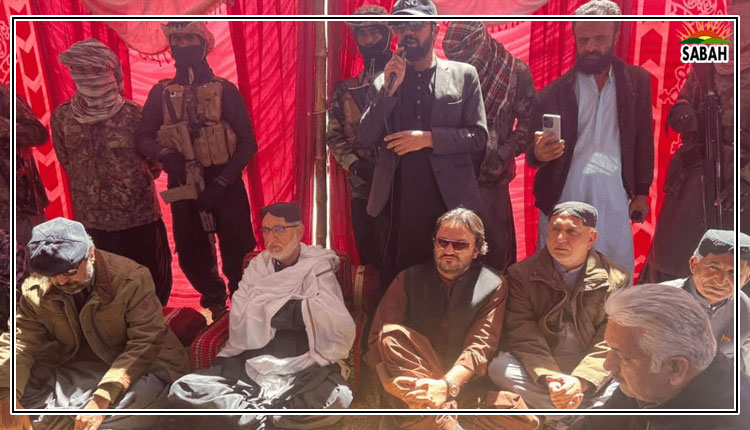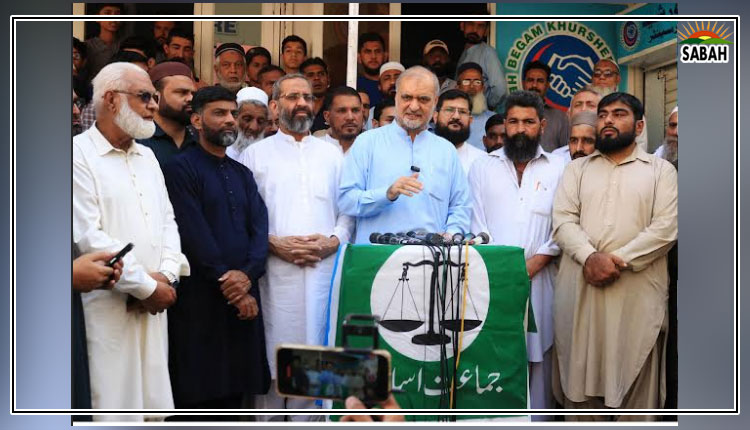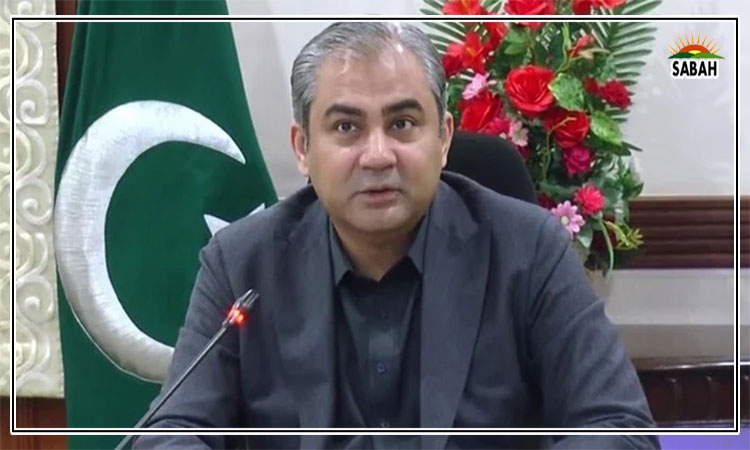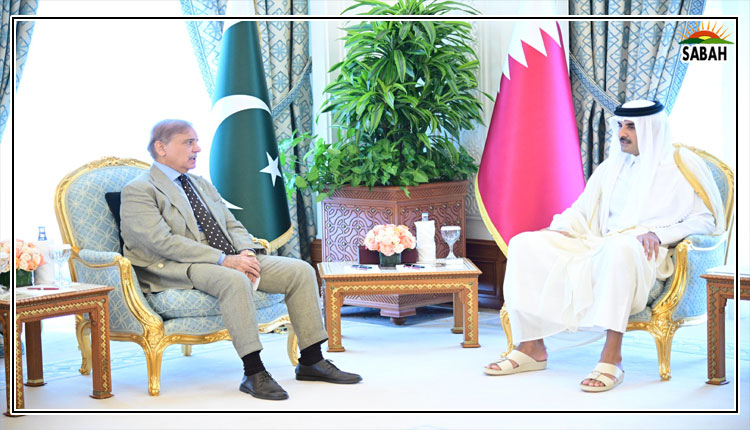Climate justice ….Zile Huma
The World Day of Social Justice is celebrated every year on February 20. The International Labour Organization (ILO) unanimously adopted the ILO Declaration on Social Justice for a Fair Globalization on June 10, 2008 and termed equal opportunities for development and seeking justice as important pillars for the prosperity of the nation.
Climate change is a global challenge that is creating problems of social justice in multiple ways. There are socioeconomic and geographical structural inequalities, and social injustice caused by climate crises is based on the exploitation of the global economic model. It has deepened the existing inequalities at the local and international levels.
Climate change is an outcome of the Industrial Revolution that led to the adoption of unsustainable patterns of economic growth and prosperity. The beneficiary countries of this revolution were a few countries in the Global North, which became rich. They are still enjoying financial growth and control over the world economic system at the expense of the poor countries of the Global South.
According to the UNDP, globally, 10 per cent of households with the highest per capita emissions contribute 34-45 per cent of global household greenhouse gas emissions, while the bottom 50 per cent contribute 13-15 per cent.
Climate change is negatively impacting poor countries whose contribution to global carbon emissions is negligible. For example, Pakistan’s contribution to carbon emission is less than 1.0 per cent, but it is declared by German Watch as among the top countries at risk of climate-led disasters. Many climate-led disasters have hit Pakistan in the last five years like floods in 2022, heatwaves, smog, and glacier lake outburst floods (GLOF).
According to the World Food Program, the following eight countries are facing severe food crises due to the negative impacts of climate change: South Sudan, Madagascar, Pakistan, Somalia, Sudan, Chad, Sahel (a region that spans across Africa from the Atlantic Ocean to the Red Sea and includes Burkina Faso, Niger and Mali) and the Dry Corridor (a region in Central America).
All of these countries are poor nations and challenges like food insecurity further deteriorate their economic conditions and create social unrest in these countries. Also, when they are still in the process of healing their economies hit by climate-led distaste, they face another calamity caused by climate change.
Climate change-led disasters badly hit vulnerable groups like women, children, differently-abled persons, transgenders and elderly persons. During the financial crises caused by climate change disasters, women and girls become victims of domestic violence due to tension; crime against women and girls also increases manifold. Women do not get appropriate health facilities during a climate-led disaster due to demolished health infrastructure and the diversion of human resources in relief efforts.
During an emergency, it is difficult to evacuate differently-abled and elderly persons. Their specific needs and care are ignored. Moreover, indigenous communities who have less role in policymaking and decision-making processes face the severe effects of climate change since they mostly depend on natural resources for their livelihood.
As the UN High Commissioner on Human Rights has noted, “emerging evidence suggests that the livelihoods and cultural identities of the more than 370 million indigenous peoples of North America, Europe, Latin America, Africa, Asia and the Pacific are already under threat.”
Climate-led disasters make the poor even poorer, and they remain stuck in a vicious cycle of poverty. For example, due to financial crises caused by climate-led disasters, the poor can no longer afford to send their children to schools. So, one opportunity to educate their children to get better jobs is also lost, and they are pushed further into the poverty trap. Whereas rich people normally have diversified sources of earnings and savings in multiple forms to resist such calamities and can sustain financial losses.
Some decarbonization strategies can also adversely affect the poor class of a country. Transport companies will increase their fares to recover the cost of carbon tax.
Many countries are facing the brunt of climate change disasters due to their geographical locations. South Asian countries like Pakistan, India, and Nepal are located under the world’s highest mountain ranges. This geographical location makes them vulnerable to glacier melting led by floods.
Similarly, small-island states are facing the threat of vanishing from the face of the earth due to seal level rise According to the UNDP, between 2010 and 2020, human mortality from floods, droughts, and storms was 15 times higher in highly vulnerable regions, compared to regions with very low vulnerability.
Climate change is deepening the already existing socio-economic and political inequalities present within the states and between the states which is raising serious concerns of social justice and equity.
The writer is a graduate of University of Oxford in Public Policy. She tweets/posts @zilehumma_1
Courtesy The News












